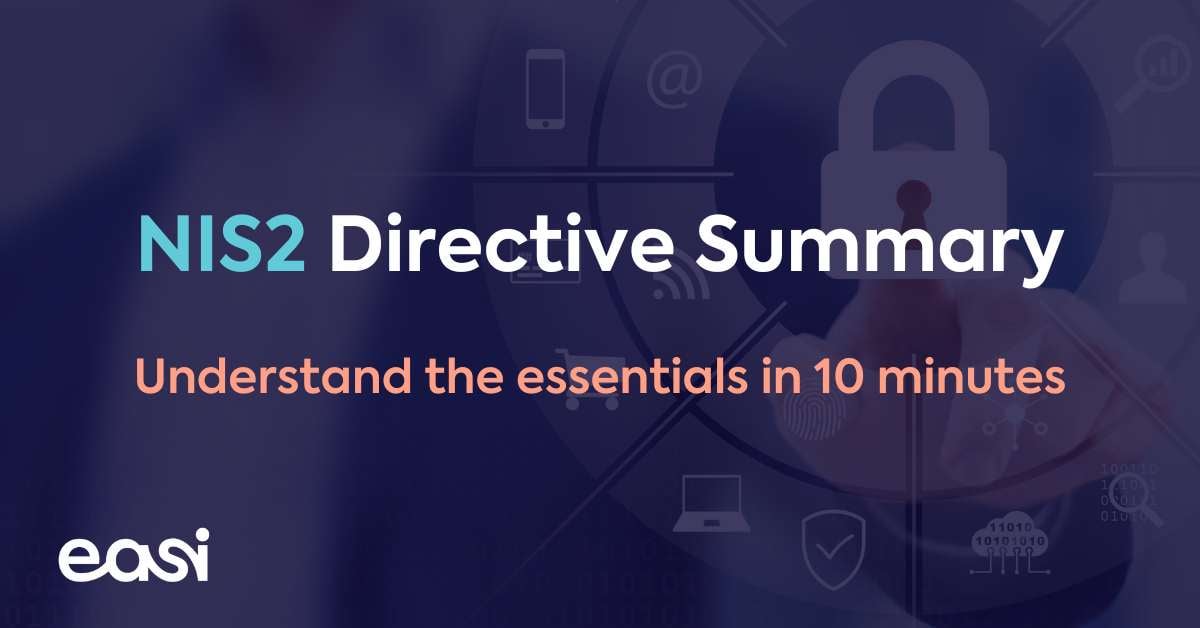A few weeks ago, we explained the notion of RPO through different posts on this blog. If you're not familiar with this concept, I invite you to read them :
Now, it's time for me to go more in details for the next concept of Business Continuity : the Recovery Time Objective (RTO in short).
RPO and RTO are the basis of every disaster recovery plan.
Recovery Time Objective
RTO means Recovery Time Objective. In other words, it is the maximum time needed to be up and running after a disaster in your IT infrastructure.
I know that a short example is much more efficient than a thousand words so let me explain it to you : Imagine your company does not have a DRP (but I'm pretty sure you have one), it means that you have no plan to get an IT infrastructure back in case of disaster (for example, a fire in your IT room). If all your infrastructure is destroyed, the time to be up and running would be the time needed to buy and configure a brand new infrastructure (in other words, minimum 2 weeks?)
Let me give you two more examples to make this concept even more concrete :
You are working in a company with two sites and one IT room on each site (I'm sure lots of our readers would be jealous about such a situation). Your infrastructure is fully redundant and you have a data replication from one room to the other. In case of a disaster in your first room, the second one is ready take over from the first immediately. In this case, your RTO would be only around a few seconds.
Last example, you have an agreement with an IT company and they have a pool of shared resources (in the cloud for example) ready to be activated in case of disaster.
The only thing you have to do if something occurs, is giving them your last backup (which will impact your RPO if you followed our previous articles ;-) ) and restore them in the shared environment. A realistic estimation should place our RTO around 2 or 3 days in this situation.
Every case is unique
To conclude this article I want to tell you that there is no one good way to work and to define your RTO. In every case it depends on your business and the time you consider acceptable to wait in case of disaster.
The only thing that I want to highlight is the necessity to have a plan in case of disaster and this plan has to be based on your specific RPO and RTO.





